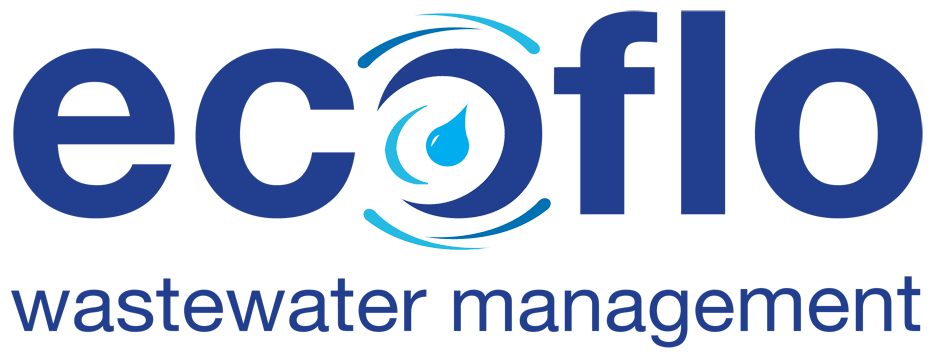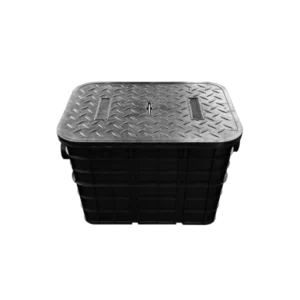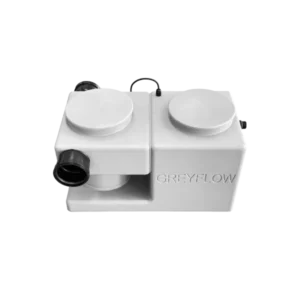About Greywater
A complete guide to greywater treatmentTable of Contents
Complete Household Greywater System
Greywater FAQs
Complete Household Greywater System
Every year Australian households waste billions of litres of water. This water is literally going down the drain when it could be put to much better use. Water from your bath, bathroom basin, laundry, and shower are all greywater. Fortunately, with a domestic grease trap, kitchen waste water can also be treated to remove grease and food scraps and then used for outdoor or subsurface irrigation.
Putting your greywater to use has many benefits including:
- reducing your overall water consumption
- reduce the amount of raw and untreated sewage into the oceans, creeks or rivers
- can help to greatly reduce your water bills
- combined with a composting toilet gives you a green, luscious and healthy garden (especially in times of water restrictions or drought)
As always, check with your local council or state health department about requirements or restrictions in your local area.
How much water can you save?
On average, an Australian household of 4 people could be creating 200,000 litres of greywater annually. That’s a lot of water to wash down a drain and contaminate with toilet water (i.e. blackwater). Instead, filter and repurpose this greywater for irrigation or other non-potable uses.
Litres of greywater can be reused
Greywater
Greywater can be diverted from your bath, bathroom sink, shower, laundry sink, and washing machine into a greywater diversion unit and primary greywater treatment system.
For example, the G-Flow, a WaterMark™ certified greywater diversion system from Advance Waste Water Systems, is a fully integrated, compact, easy to use and install unit. It can be wall mounted with brackets, or placed above ground or partially buried. Greywater passing through the system will be filtered by four layers of lint filters first before entering the storage compartment where a submersible pump will then pump into sub surface irrigation.
Blackwater
Blackwater is contaminated water. For example, the flush from a plumbed toilet is contaminated with human feces so it needs to be treated appropriately. Historically, water from the kitchen sink was classed as blackwater because of potential contamination or contact with pathogens. Fortunately, this is not the case and kitchen water just needs to run through a grease trap before joining the primary greywater treatment.
How the system comes together
If you’re interested in having a complete greywater system installed in your home feel free to contact us today on 1300 138 182 and talk with one of our representatives about how we can help you combine a composting toilet system with a greywater system for your home.

FAQs About Greywater
Do I need a greywater treatment system?
If you intend to apply to your local government for a Development Application they will require you to install a state government approved and local council sanctioned greywater treatment system or design. There are very few approved stand-alone systems designed to handle greywater alone. We supply several options.
For example, NSW Government approved composting toilets & greywater treatment system
Compliance with Australian Standards
To get certified under AS/NZS 1546.2:2008 On-site domestic wastewater treatment units – Waterless composting toilets, our products must undergo periodic systems and microbial testing to ensure they conform with this standard. This is done by an accredited conformity assessment body (CAB) accredited by JAS-ANZ (the Joint Accreditation System of Australia and New Zealand).
An up to date copy of our certificate of conformity with this standard follows: Australian Standard certification This certificate lists all our products that meet this standard.
NSW Health Approval
A list of waterless composting toilets approved for use by the NSW Government Health, click here for the list.
Greywater pre-treatment system
Our ‘Nature Clear Greywater Sand Prefilter 450 Litre’ (GWS10) is not recognized in NSW as a greywater treatment system. However, councils have the authority to approve the installation of the GWS10 as a ‘sewage management facility’ under section 68 of the Local Government Act even though it does not have accreditation under the Regulation.
Also, feedback from past clients suggests that combining the GWS10 with a ‘septic ready’ adsorption trench may receive the favourable reception from local authorities.
From a practical point, the GWS10 can reduce the ongoing maintenance and prolong the service life of your adsorption trenches by filtering out soap scum, hair and other contaminants.
How much water can I save?
As much as 40 per cent of household mains-water could be saved by recycling greywater (Source: Alternative Technology Association). Greywater is generated by showers, laundries and sometimes kitchens.
Is it complicated to install?
It is small and comes with DIY installation instructions. To obtain council approval a plumber needs to sign off on the trenching to state that it has been installed in accordance with the site plan drawn up by your Geotech engineer.
What can I use to treat greywater?
Some states have approved greywater treatment systems. Where this is not the case a holding tank is used. Your council should be able to advise. Please note however that we regularly hear of councils trying to persuade people to install aerated water treatment systems (AWTS), rather than a composting toilet and separate greywater treatment. We understand that this is because councils collect fees from homes with an AWTS but are not able to do so with homes having composting toilets.
The plumbing officer may also not understand the importance to the non-urbanised community of water self-sufficiency and the benefit to your land of the end product of a composting toilet. Nor is the council concerned about the energy consumption of an AWTS (two electrical pumps) and the chlorinated water that ends up on your land. We understand the average maintenance cost of an AWTS is $800 (chemicals, electricity, replacing worn out parts and servicing) Should your council prevent you from installing a composting toilet please let us know and we will contact them on your behalf. We also have a list of Geotech engineers who are happy to incorporate composting toilets in your plans. Some geo-techs are in the pockets of AWTS suppliers and will attempt to persuade you to buy an AWTS.
What is greywater?
Greywater encompasses all household wastewater that is not to do with the toilet (i.e. kitchen, shower, sink, and laundry). Water from the toilet is called black water. The reason why the way in which greywater is disposed of is of such concern to the authorities is because of its volume and the presence of potential contaminants.
Water from the kitchen sink is regarded as potentially the most harmful to human health since it can contain salmonella and E. coli from food. Laundry and shower water contain high relatively high concentrations of chemicals, which over time can build up in soil and water sources becoming toxic to plants and animals.
This is why the Environment Protection Agencies and local councils look closely at how you will be managing the greywater produced by your home if it does not run into a mains sewer. Ecoflo has a few greywater treatment solutions that meet council requirements and won’t break the bank.
What's the difference between greywater treatment and greywater diversion?
Depending on your state and local council requirements, greywater diversion products can be reused for watering lawns and gardens with no treatment at all. These products disperse collected greywater within 24 hours to avoid stagnation and septic tank like (anaerobic) conditions. The diversion will manage the majority of your household greywater but kitchen water generally requires treatment before it can be dispersed.
There are three grades of greywater treatment:
- Primary
- Secondary
- Tertiary
What kind of treatment do I need?
When applying to your local council for approval to install a waterless composting toilet you will likely need to have a soil sample from your dispersal area to determine its permeability. If you are fortunate and have good draining permeable soil and have no issues with setbacks from other properties or water sources you should be allowed to treat the water to a primary standard and disperse the water via small inexpensive subsurface irrigation.
If the results of your soil test show you have poorly draining soil, have a very small block size or are building in a particularly sensitive area (e.g. small islands) you will likely have to treat your water to at least a secondary quality.
What kind of maintenance is required?
Annually replacing a couple of bags of pine bark and washing a filter cloth. Cleaning out the tank every ten years and replacing fresh filter materials.
What does my council require from me?
The Development Application requires a site plan drawn by a Geotech engineer, incorporating the flow of the wastewater. For the engineer to do this a soil test is required. This determines the amount of trenching. It is important that the engineer is reminded that the composting toilet uses no water and therefore the amount of water entering the trenches is 30% less than in a home with flushing toilets. Trenching is expensive so this represents an important saving. Composting toilets generally require their own trench for any excess urine but this is typically only bathtub size.
Why chose the Nature Clear GWS10?
Low initial and ongoing cost. Low maintenance – The GWS10, installed on a gently sloping block, has no electrical or mechanical components to go wrong or replace. If the there is insufficient fall in the block a small pump well and a (solar powered) pump are required to drain the treated water into the trenches. This minimises the running costs and servicing. The system is self-service and requires only ten minutes per year of your time, until approximately ten years when it should be cleaned out.
Why should I treat my greywater separate from my blackwater?
Simply because it means you also don’t use any water to treat the solid black waste. Also, by keeping black waste separate from greywater you avoid contaminating tens of thousands of litres of water with potentially harmful (pathogenic) bacteria. This means the greywater is much easier to treat to a sufficient standard to be dispersed above or below ground.
On average, Australian households use a total of 240,000 litres of water a year if they have a flushing toilet. According to the Victorian Plumbing Industry Commission, a 5,000L rainwater tank on a 100m2 roof area would yield 60,000L per year. So as well as reducing a household’s water demand by installing a waterless toilet, reusing greywater in an effective manner is also vital to the design of a self-sufficient sustainable home.




